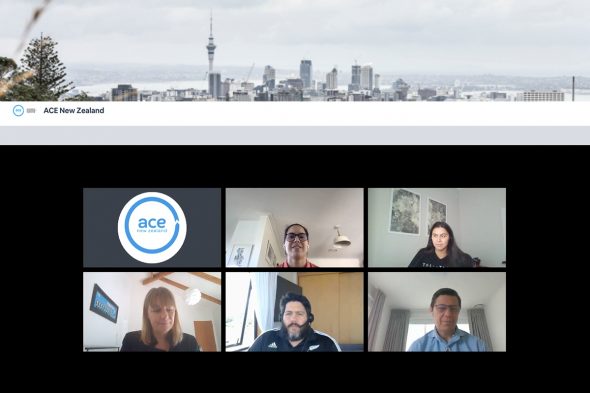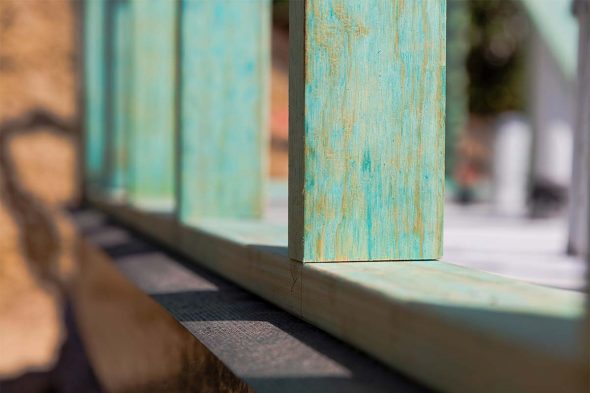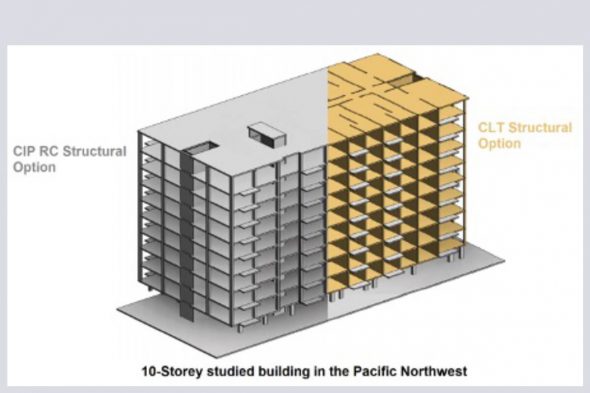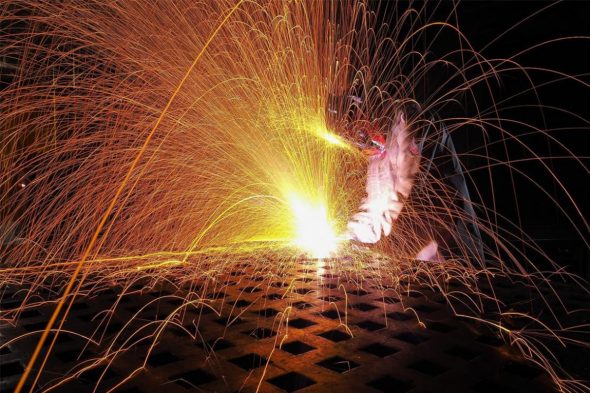Matariki – 10 reasons why businesses should give a toot about it.
This coming Friday will be Aotearoa New Zealand’s first ever Matariki celebrated nationwide. Although I am totally here for it, for many in our industry Matariki probably just means another ‘day off’ from work. If that is you, l’d like to challenge that thinking, because in my opinion, what Matariki should represent to you is…











